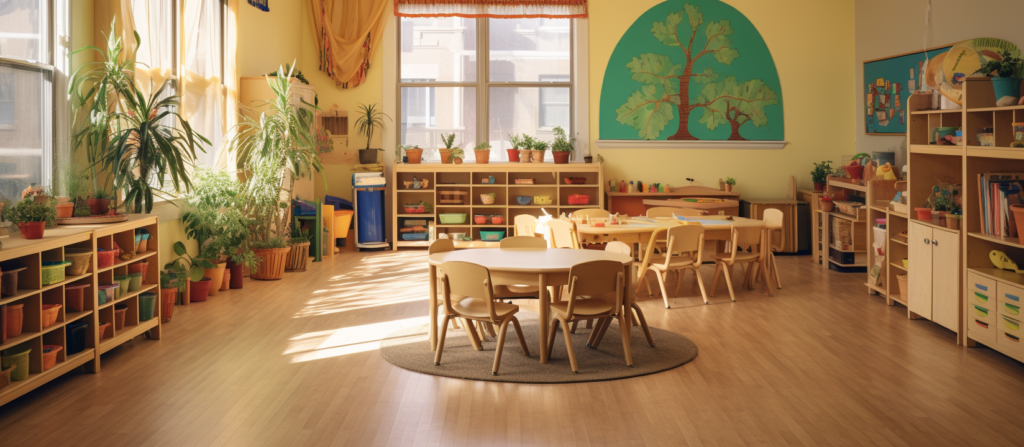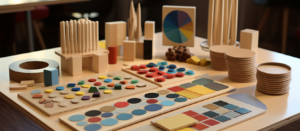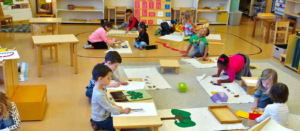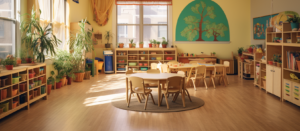Are you planning to set up an early childhood classroom and looking for ways to create an effective layout? Do you wish to design a space that is not only safe and inviting for young learners but also enhances their learning and development? The layout of an early childhood classroom plays a crucial role in facilitating learning, exploration, and interaction among young children.
Let’s delve into the key strategies for creating an effective classroom layout that caters to the needs of early childhood education, ensuring a supportive and stimulating environment for young learners.
Why is Classroom Layout Important?
Before we dive into the specifics, let’s first address why classroom layout is important. A well-designed layout not only enhances the visual appeal of the classroom but also influences the behavior and learning outcomes of children. It helps create a comfortable and inviting space where children feel motivated to explore, interact, and learn. A thoughtfully planned layout can foster a sense of independence, promote social skills, and support various learning activities.

Flexibility and Functionality
One of the key factors to consider when creating an effective early childhood classroom layout is flexibility. Young children thrive in an environment that allows them to move and explore freely. Therefore, it is essential to design a layout that can adapt to different activities and accommodate changing needs.
Investing in modular furniture, such as adjustable tables and chairs, can greatly enhance the flexibility of the classroom. These pieces can be easily rearranged to create different learning zones, collaborative spaces, or quiet reading corners. By providing children with the freedom to configure their environment, you empower them to take ownership of their learning experience.
Zones for Different Activities
Creating distinct zones within the classroom helps children understand and navigate different activities. It also promotes organization and minimizes distractions. Consider incorporating the following zones in your classroom layout:
- Reading Corner: Design a cozy area with comfortable seating, cushions, and shelves filled with age-appropriate books. This dedicated space encourages children to develop a love for reading and storytelling.
- Art and Creativity Station: Set up a designated area for arts and crafts, equipped with easels, a variety of art supplies, and ample storage for children’s creations. This zone stimulates creativity and allows children to express themselves through various art forms.
- STEM Corner: Create a space where children can engage in science, technology, engineering, and math activities. Include age-appropriate manipulatives, puzzles, building blocks, and simple experiments to foster critical thinking and problem-solving skills.
- Dramatic Play Area: Dedicate an area for pretend play, complete with costumes, props, and furniture to represent different real-life scenarios. This zone encourages imaginative play, social interaction, and the development of language skills.
- Quiet Area: Designate a quiet space where children can retreat for individual work, reflection, or relaxation. Provide comfortable seating options, soft lighting, and calming elements such as plants or sensory activities.
By creating these distinct zones, you provide children with a well-rounded learning environment that caters to their diverse interests and developmental needs.
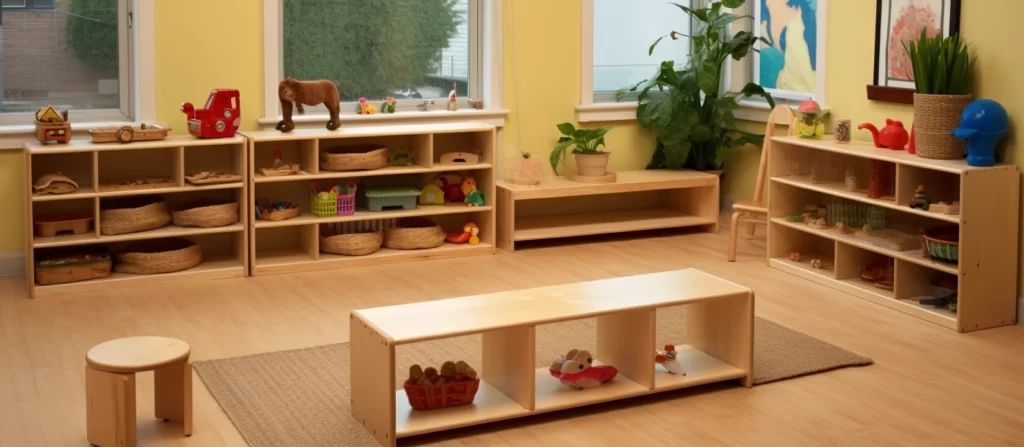
Safety and Accessibility
When designing an early childhood classroom layout, safety and accessibility should be top priorities. Here are some key considerations:
- Clear Pathways: Ensure that there are clear pathways throughout the classroom to prevent accidents and allow for easy movement. Keep furniture and materials organized to avoid clutter.
- Child-Friendly Furniture: Choose furniture specifically designed for young children, considering their size and developmental stage. Opt for rounded edges, sturdy construction, and materials that are easy to clean and maintain.
- Proper Storage: Incorporate ample storage solutions to keep the classroom organized and minimize hazards. Use low shelves, labeled bins, and storage units that are easily accessible to children.
- Safety Measures: Install safety gates, outlet covers, and childproof locks on cabinets to ensure a safe learning environment. Regularly inspect the classroom for potential hazards and address them promptly.
By prioritizing safety and accessibility, you create a space where children can explore and learn without unnecessary risks.
The Role of Color and Decoration
Color and decoration play a significant role in creating an engaging and stimulating early childhood classroom layout. Consider the following tips:
- Color Psychology: Choose colors that promote a positive and nurturing atmosphere. Soft shades of blue and green can create a calming effect, while vibrant colors like yellow and orange can stimulate creativity and energy.
- Visual Cues: Utilize visual cues, such as labels, signs, and visual schedules, to support children’s understanding of different areas and activities within the classroom. Use simple and clear graphics that are easily recognizable.
- Child-Centered Decor: Decorate the classroom with children’s artwork, photographs, and displays of their achievements. This personal touch creates a sense of belonging and pride.
- Natural Elements: Incorporate natural elements, such as plants or nature-inspired artwork, to bring a sense of calm and connection to the environment.
Remember, moderation is key when it comes to decoration. Avoid overstimulation by keeping the classroom visually appealing but not overwhelming.
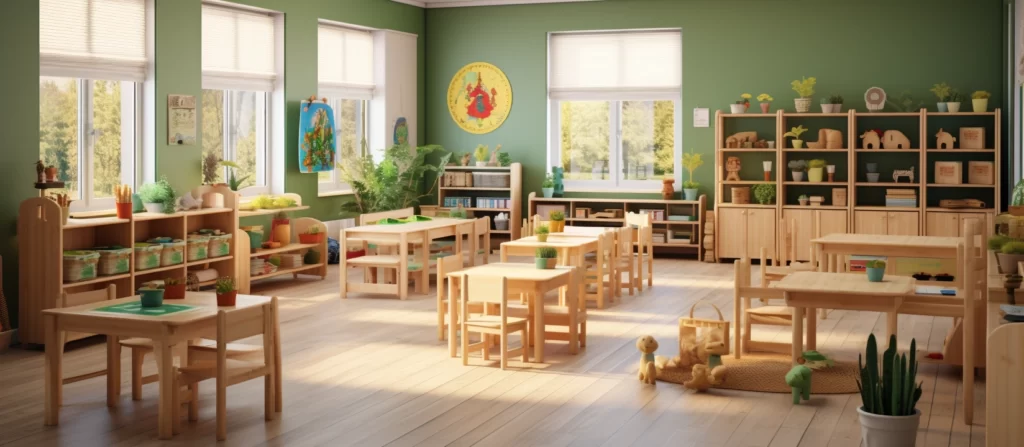
Conclusion
Creating an effective early childhood classroom layout requires careful thought and consideration. By prioritizing flexibility, functionality, safety, accessibility, and the use of color and decoration, you can create a learning environment that supports the holistic development of young children. Remember, a well-designed classroom layout sets the stage for engaging and meaningful learning experiences for our little learners.

